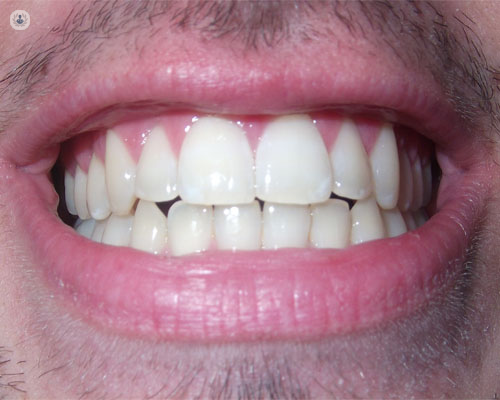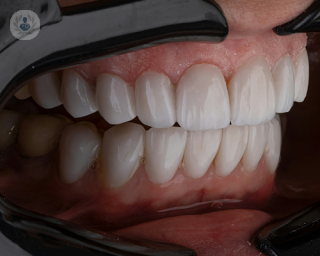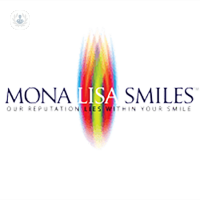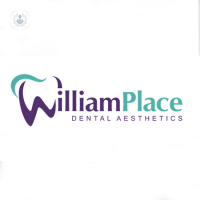Tooth wear
What is tooth wear?
Tooth wear is an increasingly common dental problem and has several causes which are often seen together. It is commonly referred to under the umbrella term TSL, which refers to tooth surface loss. There are three main types of tooth wear: erosion, attrition, and abrasion.
Erosion is the loss of the enamel that protects the outer tooth surface and when it wears away, it can lead to tooth sensitivity, pain and discomfort. Attrition is mainly related to teeth grinding (bruxism) and is caused by grinding and clenching, often at night, which can result in teeth becoming shorter and often sharp at the edges. Abrasion from hard toothbrushing or eating coarse foods will also result in loss of the outer protective enamel layer.

What causes tooth wear?
Tooth wear is multi-factorial and is commonly the result of eating or drinking anything acidic. The enamel on the teeth softens for a short while and loses some of its mineral content. The saliva cancels out the acidity of the mouth. However, if you often eat or drink acidic food or beverages, the mouth does not have a chance to repair itself and tiny bits of enamel are brushed away. The surface of the teeth is lost over time, particularly in those patients who also grind or clench their teeth at night.
In cases where people have bulimia (voluntarily making themselves vomit after they have eaten a meal), there is damage to the enamel because vomit contains high levels of acid. Some people might live with acid reflux where stomach acids come up into the mouth and therefore they may also suffer from tooth wear.
How is tooth wear treated?
Tooth wear does not always necessarily need to be treated. It is important to have regular check-ups with your dentist as a way of preventing the problem from becoming worse or leading to other dental problems. In cases where treatment is required, bonding a filling onto the tooth is enough to repair it. In severe cases, a veneer or crown may be necessary.
How can tooth wear be prevented?
Adhering to the following may help to prevent tooth erosion:
- avoid or lower your consumption of fizzy drinks
- be mindful of your intake of acidic fruits and fruit juices - particularly lemons and oranges, which contain harmful acids that erode the teeth
- drink plenty of plain water and have a bit of little milk or cheese after acidic foods or drink
- wait for at least an hour after eating or drinking anything acidic before brushing your teeth - this is to build up the mineral content
- use a fluoridated tooth paste and a daily fluoride mouthrinse
- spit out after brushing your teeth without rinsing - the fluoride stays on the teeth for longer
- wear a mouthguard at night if grinding or clenching your teeth
- regularly visit your dental clinic for oral health check-ups














